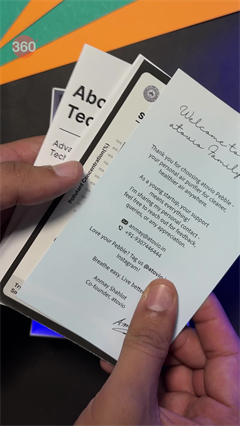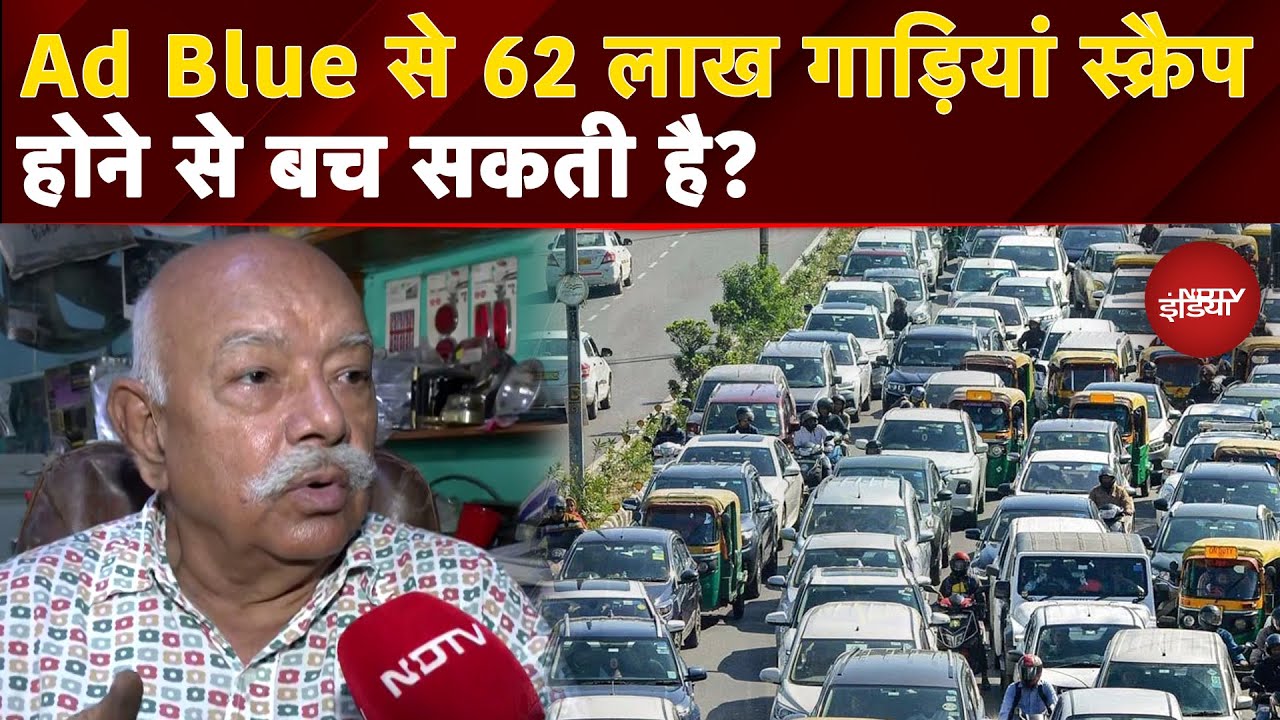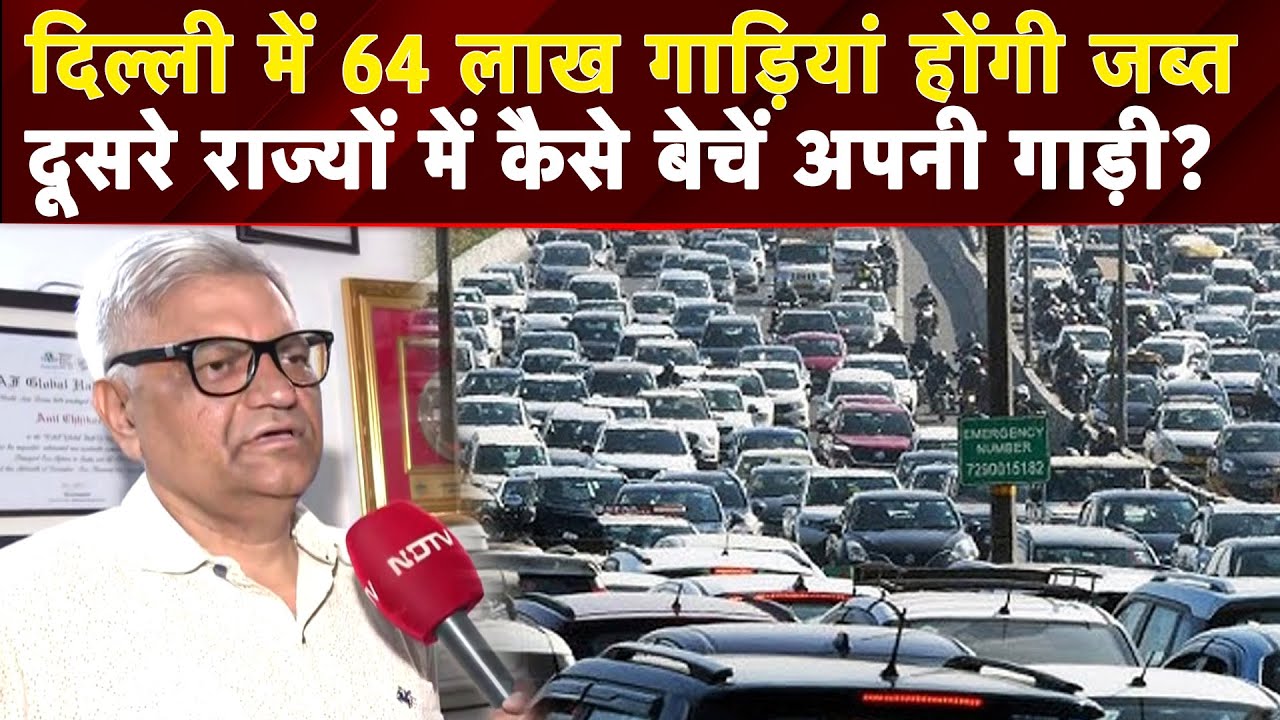- Home/
- Partition Museum In Delhi's Dara Shikoh Library To Open On Thursday
Partition Museum In Delhi's Dara Shikoh Library To Open On Thursday

A museum themed on the Partition, telling the story of the 1947 tragedy and representing the pain and trauma suffered by people on both sides of the border, is all set to open at the Mughal-era Dara Shikoh Library building here on May 18.
This will be the second such museum after the Partition Museum of Amritsar located in the historic Town Hall.
The opening will coincide with International Museum Day.
The Art, Culture and Languages Department of the Delhi government shared tweets with descriptive posts about the upcoming museum.
"As we approach the launch of the Partition Museum on May 18th, 2023, we are excited to share fascinating details about how this historic event shaped Delhi. Only 3 days to go!," it tweeted.
The library building is located in Delhi's Kashmere Gate area. The museum will tell the story of the 1947 tragedy through interactive media.
On February 17, the then Deputy Chief Minister Manish Sisodia visited the museum site and inspected the progress of the project.
The Deputy Chief Minister's office had earlier said in a statement that the building of the historic library, built in 1637, was being converted into a 1947 Partition Museum by the Delhi government under the leadership of Chief Minister Arvind Kejriwal.
"The second such museum in India, it will have seven galleries to explain the events leading up to the Partition, and Independence, migration, refugees, rebuilding homes, art, relationships and will also have a gallery of hope and courage," it said.
The museum will also feature a "virtual reality experience", donated belongings of people who witnessed the Partition, and a souvenir shop. The library will also serve as a cultural hub with exhibitions on different aspects of the city and its history.
Sisodia after his visit had said that historical buildings located across Delhi symbolise the country's evolution over a period of time, adding the city government has "prioritised restoration" of these landmarks to help current generations understand the country better.
There could not have been a better place than the Dara Shikoh Library to house the Partition Museum, he had said.
The museum would endeavour to depict the memories of the 1947 Partition as experienced by people, officials said.
The period transformed Delhi significantly and major parts of the national capital, including areas like Lajpat Nagar, C R Park and Punjabi Bagh, were established after the Partition.
The city's Art, Culture and Languages Department is sharing on Twitter tidbits about institutions that were originally located in Lahore and other cities and suffered the pangs of the Partition too, such as the Sir Ganga Ram Hospital and Dyal Singh College.
It also shared how some of the food items were brought to Delhi by refugees, and markets set up for rehabilitating refugees such as Meherchand Market in Lodhi Road area.
The museum would feature seven customised galleries designed to explain all aspects of India's Partition and the struggle for Independence to visitors. Witnessing the same rail coaches, ancient havelis, and replicas of refugee camps would be exciting and nostalgic for many, the statement had said.
Many people who witnessed the Partition have donated items such as clothes, utensils, books as well as belongings from refugee camps to the museum, officials said.
It will also have a special gallery dedicated to Sindh, the statement said.
The museum would also include a 'Gallery of Hope and Courage' which would display photographs, mementoes, and experiences of people revisiting their ancient properties and places in Pakistan, decades after the Partition.
The Dara Shikoh Library building was originally built in 1637 by Dara Shikoh, the eldest son of Mughal emperor Shah Jahan. After the death of Shikoh, this mansion was handed over to Bahadur Shah I, heir apparent of Aurangzeb.
"Sometime after his ascension, the property was handed over to Juliana Dias da Costa, a lady of Portuguese descent who played a prominent role in his court. Abul Mansur Mirza Muhammad Muqim Ali Khan (Safdarjung) bought the property very cheaply from the descendants of Juliana Dias da Costa and made it his residence," the statement added.
Under British rule, it served as a British Residency for David Ochterlony, Archibald Seton and Charles Metcalf. In the 20th century, the property was also used as a school, a polytechnic and lastly as the offices of the Delhi State Archaeology Department.
Thereafter, The Arts And Cultural Heritage Trust (TAACHT) was entrusted with the building under the 'Adopt A Heritage' scheme of the Centre, by the Department of Art, Culture and Language, to set up the Partition Museum.
(Except for the headline, this story has not been edited by NDTV staff and is published from a syndicated feed.)
Latest Stories
- Asian News International | Saturday August 23, 2025 , New Delhi
Rain lashed several parts of Delhi and the surrounding National Capital Region (NCR) on Saturday evening. Areas including Lajpat Nagar, RK Puram, Lodhi Road, and Mandir Marg witnessed light showers.
- Reported by Ishika Verma | Wednesday August 13, 2025 , New Delhi
In a bid to tackle one of the worst sources of air pollution, Delhi has begun testing retrofitting devices that promise to cut harmful emissions from heavy commercial vehicles by more than 70 per cent.
- Reported by Ishika Verma | Sunday August 10, 2025 , New Delhi
Delhi is gearing up to build one of India's most advanced e-waste processing facilities, and it's taking cues from Norway's cutting-edge model.
- Press Trust of India | Sunday August 10, 2025 , New Delhi
The national capital on Sunday recorded a maximum temperature of 33.6 degrees Celsius, 7.8 notches below the seasonal average, according to the India Meteorological Department (IMD).
- Reported by Tanushka Dutta | Friday August 08, 2025 , New Delhi
Air Quality Management Commission admitted it has not conducted any research or study on pollution caused by diesel vehicles older than 10 years and petrol vehicles older than 15 years, which form the basis of the overage vehicle ban in Delhi-NCR.
................................ Advertisement ................................
Latest Videos
Opinion
Opinion | Why Indians Have Just Given Up On Air Pollution CrisisTanushree Ganguly
Friday December 20, 2024While some may argue that people in Delhi are now more aware of air pollution than they were a decade back, my rebuttal would be that awareness does not mean that people are concerned.
Opinion | You Must Outrage Over Filthy Air More Than Once A YearJyoti Pande Lavakare
Tuesday December 10, 2024Delhi welcomed us with monsoon rains and mangos. We were home. Fast forward a couple of years, in the winter of 2012, I found myself in denial about something other parents, mostly expats, were calling toxic air.
Opinion | Delhi's Air Pollution Situation Is Like A Bad MarriageNishtha Gautam
Friday November 22, 2024On a good day, such as today, the AQI reading in Delhi is 407. We are jubilant at the sickly sunshine trickling through the slightly dissipated smog. At least its not 1600.
दिवाली... पराली... सियासी जुगाली!Ashwini kumar
Monday November 18, 2024दिल्ली-एनसीआर में प्रदूषण का समाधान तो आज तक मिला नहीं. हर साल चिंतित होकर हम-आप सांसों की तकलीफ के साथ-साथ दिल और ब्लड प्रेशर के मरीज भी क्यों बनें?
घर में कैद बुजुर्ग और हांफते लोग, दिल्ली की सांसों में घुला ये कैसा रोग?Nidhi Kulpati
Friday November 08, 2024हमारी हवा जहरीली हो रही है. गुरुवार की शाम को जब मैं इस मुद्दे पर लिखने बैठी तो AQI लगातार 400 पार जाकर दम घोंट रहा था. बहुत लोगों को यह मामला बोरिंग लगे, लेकिन जब आप अपने साथ काम करने वालों को खांसते-हांफते देखते-सुनते हैं, तो चिंता होने लगती है. सुबह उठते ही दरवाजे खिड़कियां खोलने के लिए डॉक्टर मना कर रहे हैं. बड़े बुजुर्गों के लिए तो मॉर्निंग वॉक बाहर की दुनिया से सीधे संपर्क का ज़रिया है, लेकिन डॉक्टर इसकी भी मनाही कर रहे हैं.


















